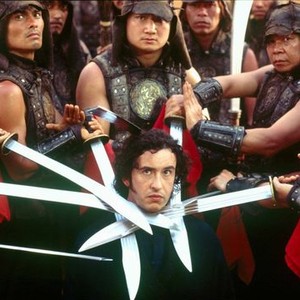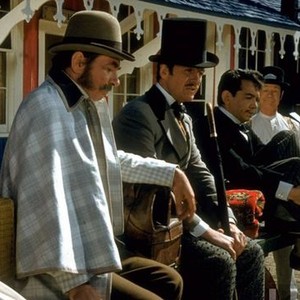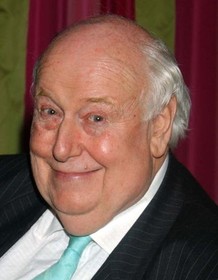

Fogg buys the ship and then instructs the crew to take everything that burns, including lifeboats, to provide fuel! Alas, they run out of coal mid-ocean and the ship stops. Reaching New York, they arrange their passage on a cargo steamship travelling to Venezuela - Fogg bribes the captain to go to England.

The three then travel to Hong Kong, Yokohama, San Francisco, and the Wild West (including the Sioux Nation). In India, Fogg and Passepartout rescue beautiful young widow Aouda from being forced into a funeral pyre with her late husband. Meanwhile back in London, suspicion grows that Fogg has stolen £55,000 (around £5.2 million today ) from the Bank of England so Police Inspector Fix is sent out by Scotland Yard to trail him (starting in Suez) but must keep waiting for a warrant to arrive so he can arrest Fogg in the British controlled ports they visit. Later, Passepartout engages in a comic bullfight. Fogg buys it and they fly over the Alps drinking champagne.īlown off-course, the two accidentally end up in Spain, where we see a table-top flamenco sequence performed in a bar. The Thomas Cook agent who assists them offers to hire or sell them his hot air balloon. Having reached Paris they hear that a tunnel under the Alps is blocked. Together with his resourceful French valet, Passepartout, Fogg goes hopscotching around the globe generously spending money to encourage others to help him get to his destinations faster so he can accommodate tight steamship schedules. Met with scepticism, he makes a £20,000 wager (worth about £1.9 million today ) with four fellow members of the Reform Club (each contributing £5,000 to the bet) that he can make the journey and arrive back at the club eighty days from exactly 8:45 pm that evening. In 1872, an English gentleman Phileas Fogg claims he can circumnavigate the world in eighty days. Also included is the launching of an unmanned rocket and footage of the earth receding. Murrow presents an onscreen prologue, featuring footage from A Trip to the Moon (1902) by Georges Méliès, explaining that it is based loosely on the book From the Earth to the Moon by Jules Verne.

It may have won Best Picture, but that doesn’t mean it’s still remembered today.Broadcast journalist Edward R.

These critics tend to acknowledge that the film is an interesting example of an early musical, but also point out just how uninteresting it is in almost every other regard. The film has the distinction of being the first sound film to be awarded Best Picture, and it’s one that set the template for much of what Hollywood would eventually become.Įssentially, the film is a conventional romantic comedy, if you listen to the opinions of the critics who have reviewed it in the almost century since its release. The film, which won the top prize in 1929, follows a pair of sisters who attempt to take their act to Broadway, and quickly become entangled in a complicated mess of romantic relationships. One of the first Best Picture winners, The Broadway Melody is regarded rather negatively these days. Here are the Rotten Tomatoes' 15 Worst Movies That Won Best Picture Oscars. These films are the worst of the best, if you will. This list is compiled based on these films’ adjusted scores, which differ slightly from their raw percentages. Rotten Tomatoes, the reliable aggregator of critical opinion, has a rating for every Best Picture winner, and some of them are shockingly low. Of course, the Academy got it wrong most frequently early on in its run, but it’s still made some major errors in the more recent past. Some of the films to take home this award haven’t exactly been masterpieces, and many of them weren’t the most critically acclaimed film of the year they were released. Unfortunately, the Academy also tends to get it wrong with its top prize, Best Picture. These wins are regrettable, of course, but they are also much more quickly forgotten. Sometimes, that’s true in less-remembered categories like Best Visual Effects, or even an acting category.


 0 kommentar(er)
0 kommentar(er)
